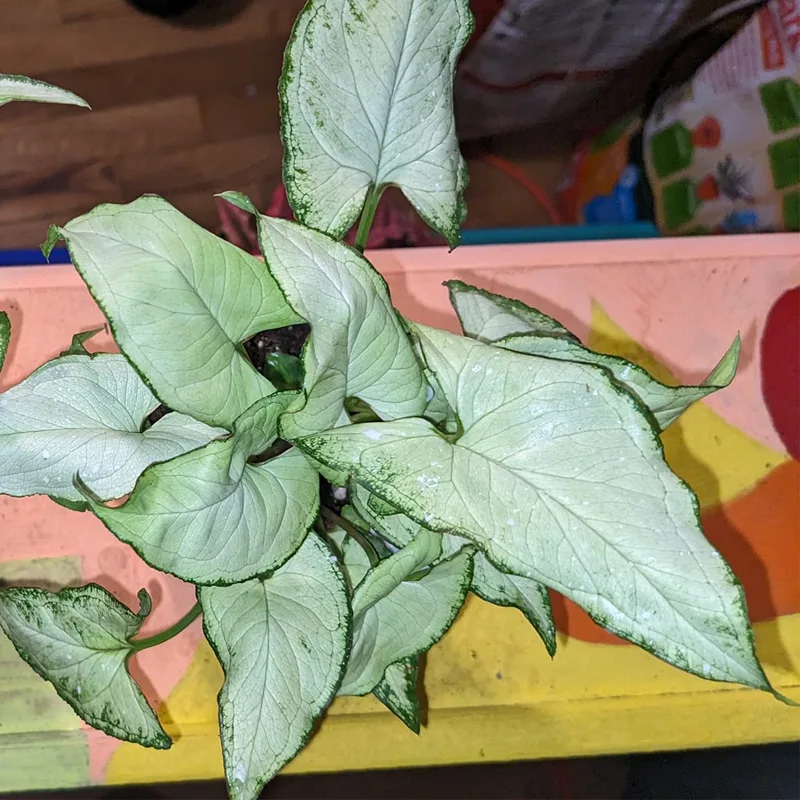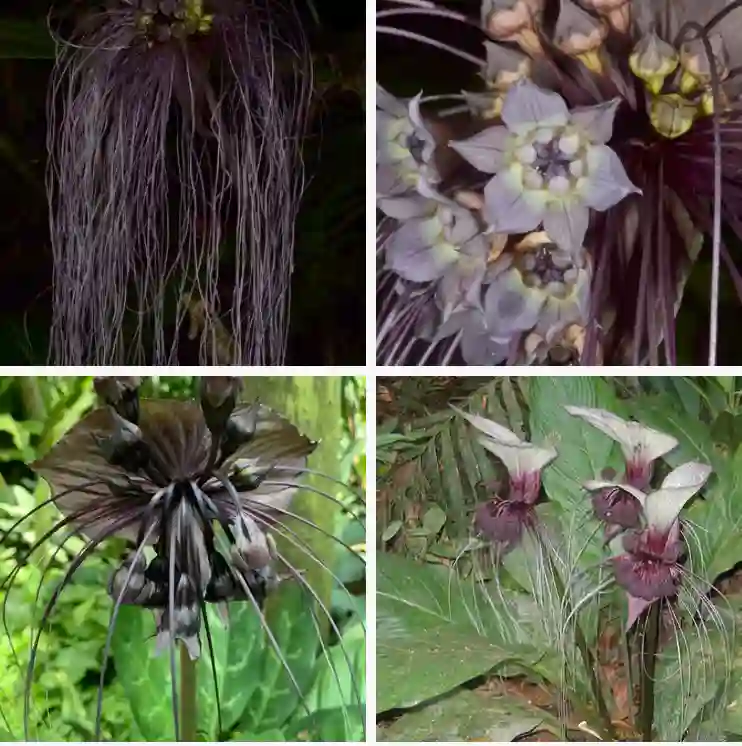The Majesty of the Euphorbia Ingens
For years, I’ve been obsessed with succulents. There’s something captivating about their plump leaves and unexpected shapes. But none of them quite hold a candle to the Euphorbia ingens, also known as the Candelabra Tree or Naboom. This succulent superstar isn’t just another pretty face on the shelf; it’s a sculptural marvel with a fascinating history and unique needs.
Over the years, I’ve cultivated a deep appreciation for these architectural wonders, and I’m here to share everything I’ve learned. So, buckle up and get ready to dive into the world of Euphorbia ingens!
2093 Species in Genus Euphorbia
What is Euphorbia Ingens?
The Euphorbia ingens isn’t your typical houseplant. This succulent native to southern Africa can reach a staggering 40 feet tall in its natural habitat! Even indoors, it can grow to a respectable 8-10 feet, making a real statement. Its thick, upright branches are segmented and adorned with spines, giving it a distinctly candelabra-like appearance. The crown is a beautiful dark green, and the plant produces small yellow flowers in the fall and winter, although indoor specimens rarely bloom.
Euphorbia Ingens vs Ammak
I haven’t had direct experiences with Euphorbia Ingens or Ammak personally, but from what I’ve read and seen, both are stunning succulents known for their tall, columnar shapes and striking silhouettes. They add a bold, sculptural element to any succulent collection, and choosing between them often comes down to the specific aesthetic you’re drawn to—whether it’s the smoother, rounded ridges of the Ingens or the more angular, sharp edges of the Ammak.
How to Care for Euphorbia Ingens?
While Euphorbia ingens may look imposing, caring for it isn’t as daunting as you might think. Here’s what you need to know to keep your Naboom thriving:
- Light: These succulents are sun worshippers. Aim for at least 6 hours of bright, indirect sunlight per day. South-facing windows are ideal. If your home doesn’t get enough natural light, consider supplementing with grow lights.
- Water: Less is definitely more when it comes to watering Euphorbia ingens. Overwatering is the leading cause of death for these succulents. Allow the soil to dry completely between waterings, and then give it a deep soak until water runs out of the drainage holes. During the winter months, you can water even less frequently.
- Soil: Euphorbia ingens needs well-draining soil to prevent rot. A succulent or cactus mix is ideal. You can also create your own by mixing regular potting soil with perlite or sand.
- Potting: Choose a pot with drainage holes that’s just slightly larger than the root ball. As your plant matures, you may need to repot it every few years into a larger container.
How Fast Do Euphorbia Ingens Grow?
Patience is a virtue when it comes to Euphorbia ingens growth. These succulents are slow growers, typically adding only a few inches per year. Don’t be discouraged if yours seems to be taking its time; it’s simply growing at its natural pace. The slower growth rate also makes them relatively low-maintenance, perfect for busy plant parents.
How to Propagate Euphorbia Ingens?
Euphorbia ingens can be propagated through stem cuttings. Here’s how to do it:
- Using sharp, sterilized shears, take a cutting from a healthy stem. Choose a section that’s at least a few inches long and make your cut just below a node (the bumpy area where leaves or branches grow).
- Allow the cutting to sit for a few days in a cool, dry place. This allows the cut end to callous over, which helps prevent rot.
- Once calloused, plant the cutting in a well-draining cactus mix. Water sparingly and keep the soil slightly moist until new growth appears.
Be warned: Euphorbia ingens sap is a skin irritant, so wear gloves when handling cuttings.
What Eats Euphorbia Ingens?
Despite its toxic sap, Euphorbia ingens isn’t completely immune to being munched on. In its native habitat, a few brave (or perhaps desperate) creatures will occasionally nibble on it, including:
- Springbok: These agile antelopes have been known to browse on Euphorbia ingens, especially during times of drought when other food sources are scarce.
- Black rhinoceros: These endangered giants have also been observed eating Euphorbia ingens. Their thick skin protects them from the irritating sap.
- Certain insects: Some specialized insects, like mealybugs and aphids, can feed on Euphorbia ingens without succumbing to the sap.
Living with a Legend: A Few Cautions
The Euphorbia ingens is a magnificent plant, but it’s important to be aware of a few things before bringing one into your home:
- Toxic sap: As mentioned before, the sap of Euphorbia ingens is a skin irritant. It can cause redness, burning, and blistering. If you come into contact with the sap, wash the affected area immediately with soap and water. If irritation persists, seek medical attention. It’s also crucial to keep Euphorbia ingens out of reach of children and pets, as ingestion of the sap can be very dangerous.
- Seasonal shedding: Don’t be alarmed if your Euphorbia ingens loses some lower branches in the winter. This is a natural process and doesn’t indicate a problem with your plant’s health. Simply remove the fallen branches and enjoy the new growth that will appear in the spring.
With a little care and caution, the Euphorbia ingens can become a treasured member of your indoor jungle. Its architectural form and slow growth make it a conversation starter that won’t overwhelm your space. So, if you’re looking for a unique and majestic succulent to add to your collection, look no further than the Euphorbia ingens. Just remember, with great beauty comes a little responsibility!
If i die, water my plants!



